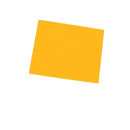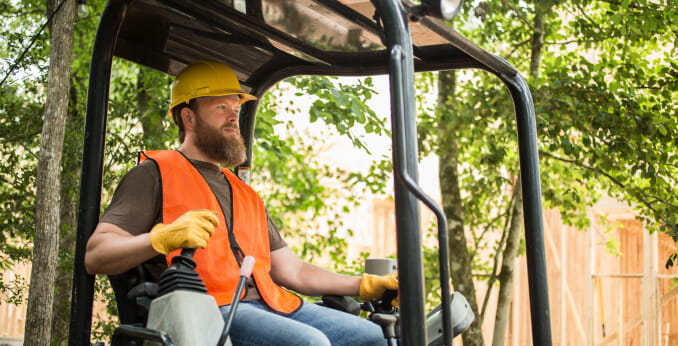Why take the risk? Know what’s below before you dig.
Whether you’re building a fence or planting a vegetable garden, find out where underground utility lines are located before you start digging. Hitting a buried natural gas line can cause serious injury and expensive repairs for you and/or your contractor. It can even be fatal.
Call 811 or visit call811.com to request the location of underground facilities near your proposed digging site.

















